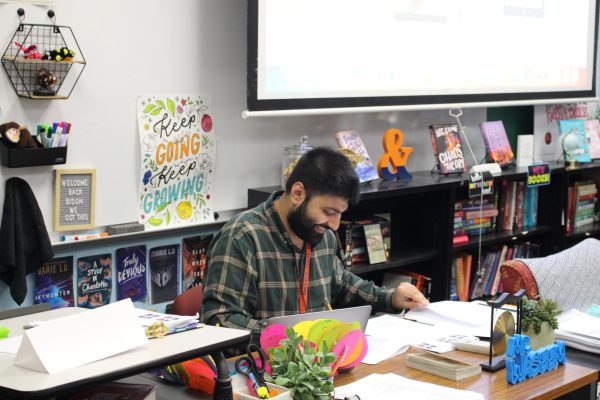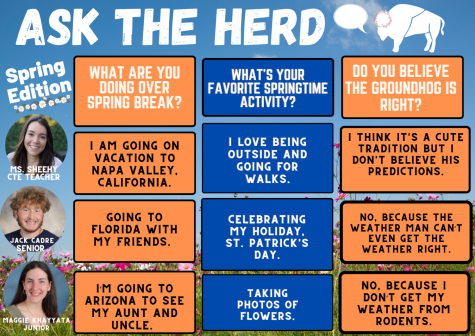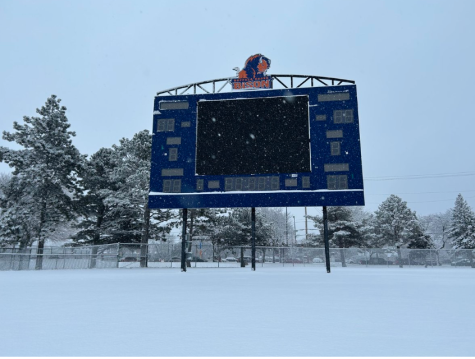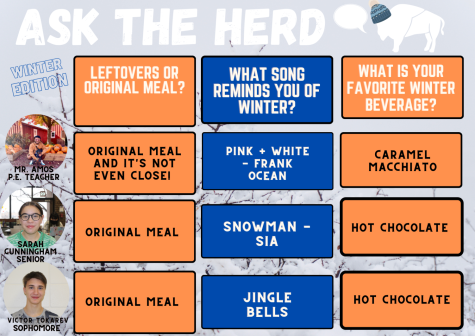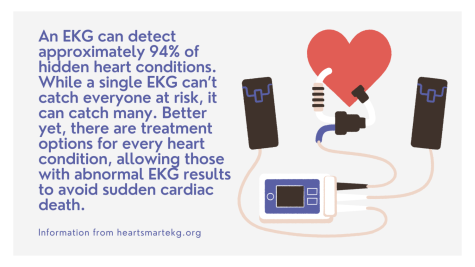From gluten to garlic, diets and dislikes are being passed off as medical conditions
Most people know at least one person with a food allergy, ranging from the type that are mildly uncomfortable to the more severe. Food allergies can be really serious, but now, it’s getting hard to tell if they are as common as they seem. According to new research, more people think they have food allergies than actually do. It seems that people aren’t lying, but just mixing up intolerance, food sensitivities and allergies.
According to a study done by Mayo Clinic, a food allergy causes your immune system to react, impacting multiple systems of the body, whereas people with a food intolerance or food sensitivity can eat small amounts of the food in question without experiencing severe symptoms. A food intolerance, is more like a side effect experienced after eating a certain food. For instance, if an individual gets stomach aches after eating almonds, they may be intolerant to almonds. The media has recently been covering what exactly the difference is between an intolerance and an allergy. However, according to school nurse Stacy Wodka, the information gathered in the articles isn’t exactly what they’re claiming it to be.
“The news articles describing food allergies don’t understand what allergies really consist of,” Wodka said. “Things such as looking at magazines that aren’t reallygg medical and reading self-reported stories that aren’t true don’t get a sense of what an allergy really is.”
Researchers from EurekAlert.org found that many participants reporting a food allergy really had symptoms more in line with those of seasonal allergies or food intolerance. A seasonal allergy, or hay fever, occurs when the immune system overreacts to an outdoor allergen, such as pollen. An allergen is something that triggers an allergic response. People with intolerances to a substance such as gluten, for example, were self-reporting their condition as an allergy.
“I’ve noticed that people are claiming to be ‘allergic’ to gluten more than any other allergy, but I just don’t get it,” junior Frankie Adams said. “Coming from the point of view of someone who has to constantly worry about their consumption with nuts such as tree nuts, I’m surprised people think that a food allergy is some sort of a positive social status.”
As the years go on, people in general and the food/restaurant industry have started accommodating more to those with food allergies, labeling packaging and menu’s nut-free and gluten-free. According to Adams, although it may be inconvenient, it is well worth it, knowing somebody’s life may be on the line. He doesn’t see any challenges when ordering as long as he explains his allergies clearly. That way, staff usually know what to do and how to take care of the allergy. Yet according to senior Carly Colen, there is definitely still room for improvement.
“Restaurants might take gluten-free requests less seriously, but it can be helpful in that the more people who are gluten-free, the more options offered,” Colen said. “Ordering food for me can be difficult because I have to ask so many questions so I can get embarrassed, but it has to be done.”
On the other hand, Colen has also experienced situations in restaurants where pizza cutters got mixed up, creating a life-threatening situation for Colen.
“My family ordered a pizza and shortly after, I got really sick because they cut the gluten-free pizza with the same cutter as the regular pizza,” Colen said. “It has definitely been an adjustment since I’ve been diagnosed, but it has also forced me to be less shy and stand up for myself.”
According to Wodka, the way people discover they have food allergies can vary across the boards. Sometimes, they have a reaction and go to the doctor and get tested, receiving allergens or blood tests. Most allergies build over time.
“I realized I had celiac disease, similar to an allergy, when I was growing in height, but losing weight,” Colen said. “After a series of tests, it was discovered what type of allergy I had.”
Adams hasn’t taken food allergies as a negative, but instead a way to force him to be more aware of what he eats. He just feels like a normal teenager facing the barrier of a food allergy.
“I’m not quick to try new food that’s offered to me because I’m never sure exactly what’s in it,” Adams said. “Since I’ve had an allergy to nuts all my life, nothing that I notice is having a negative impact on me. Because I’ve been used to it all, it’s not a big deal to me as long as I’m careful and precautious, as others should be too.”
Public and private schools have also taken more initiatives to post signs around the building cautioning students that the classroom they’re about to enter is a “nut-free classroom.” When implementing guidelines about allergies, it helps lower students’ exposure to allergens and improve school’s response to life-threatening reactions. Also, it ensures that the schools policies are in line with federal and state laws that protect children with serious health issues.
“Personally, my allergy isn’t to the point where I can’t be around people who are eating nuts, so in that sense, it’s not too difficult for me at school,” Adams said. “I imagine it’s harder for students that aren’t like me, who instantly have an allergic reaction to a friend eating a peanut butter sandwich.”
According to Wodka, if students know they have a food allergy, they should educate themselves, being a detective to find out which foods cause them trouble. Additionally, they should also seek their doctor to help them with testing and diagnosis. The person with the allergy should be the person that tells the waiter to advocate for him/herself.
“I think we should do everything we can to make sure we are in an environment where everybody is aware of the seriousness behind food allergies and the importance of taking necessary safety precautions,” Adams said. “That way, both the media and people with allergies can feel comfortable and assured that they’re safe.”

